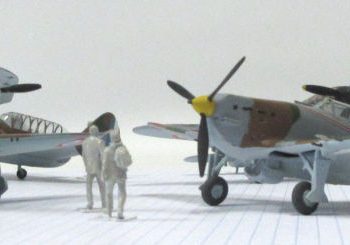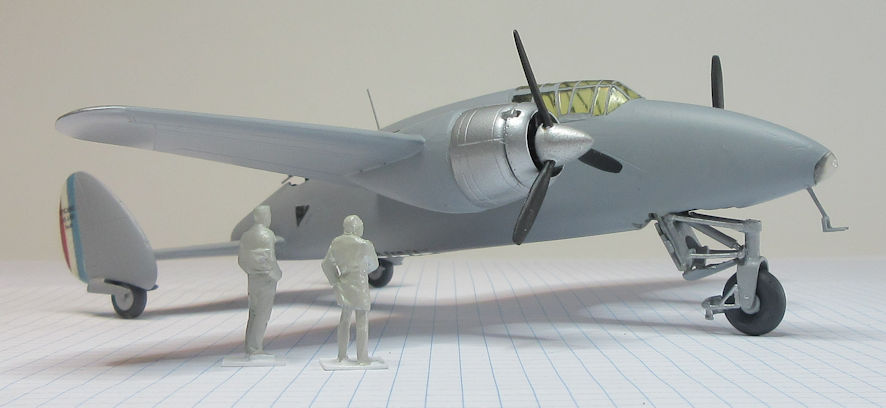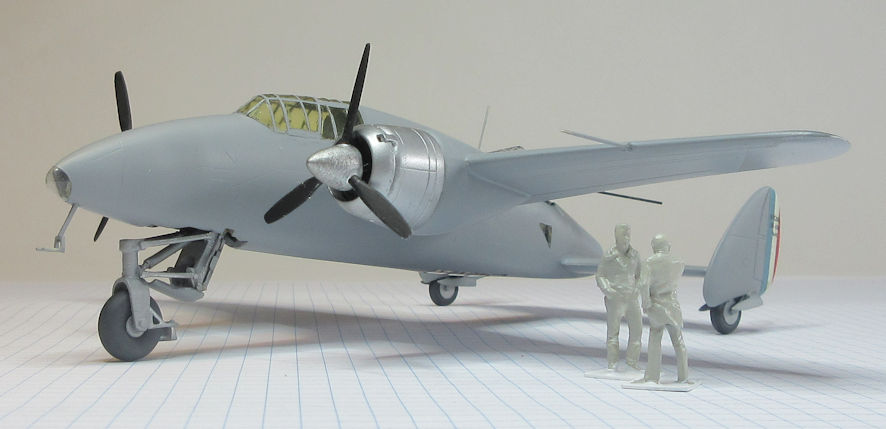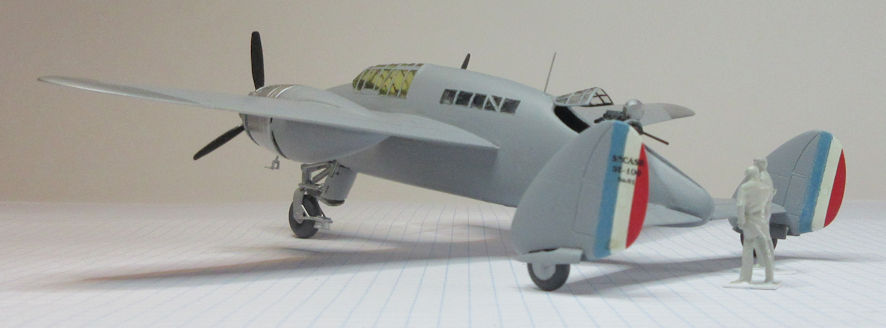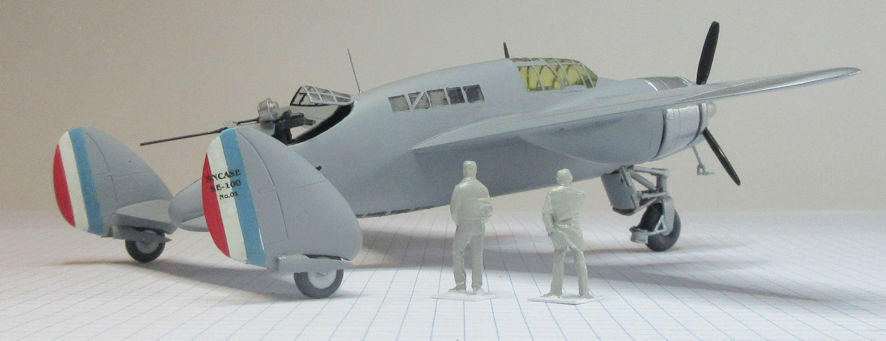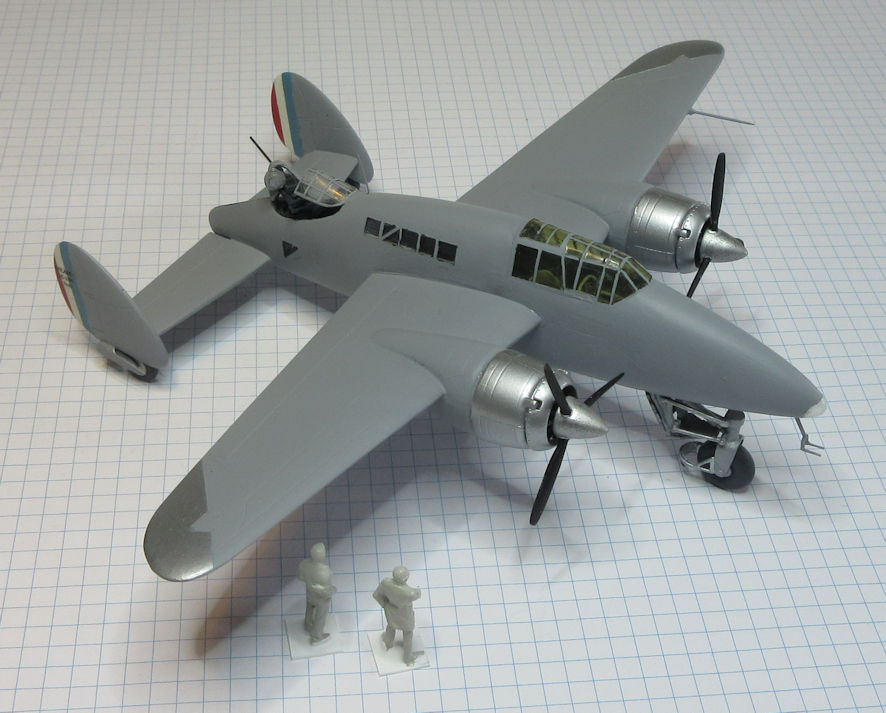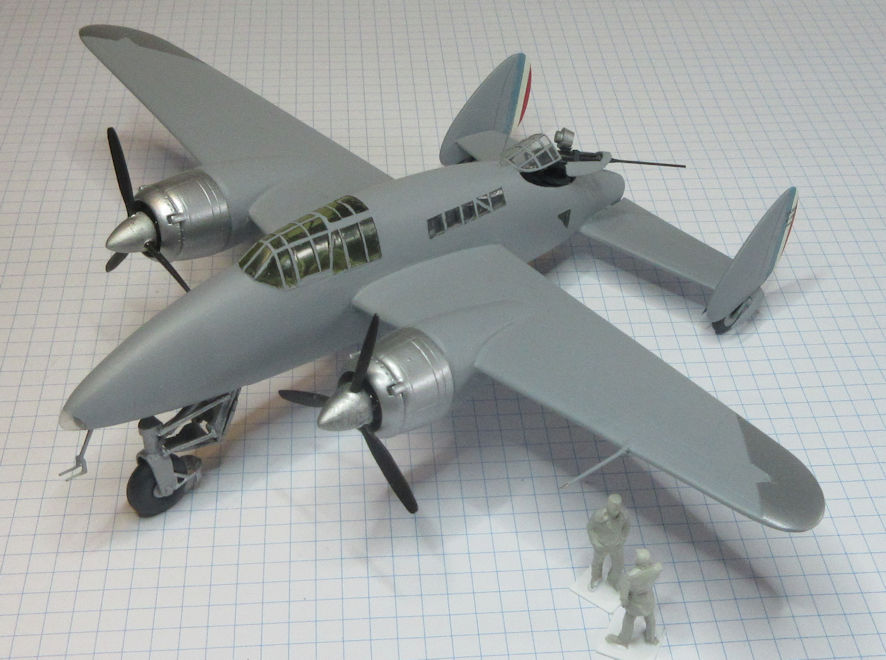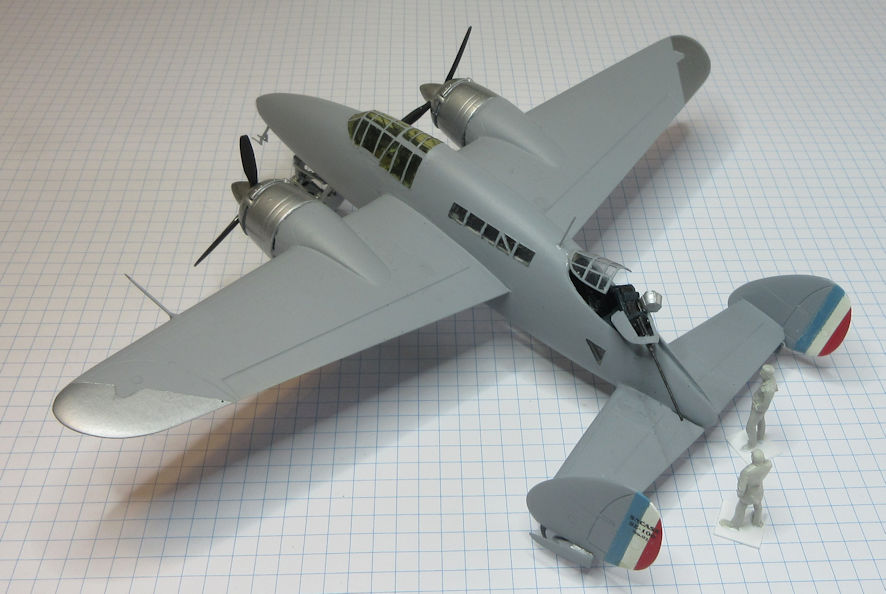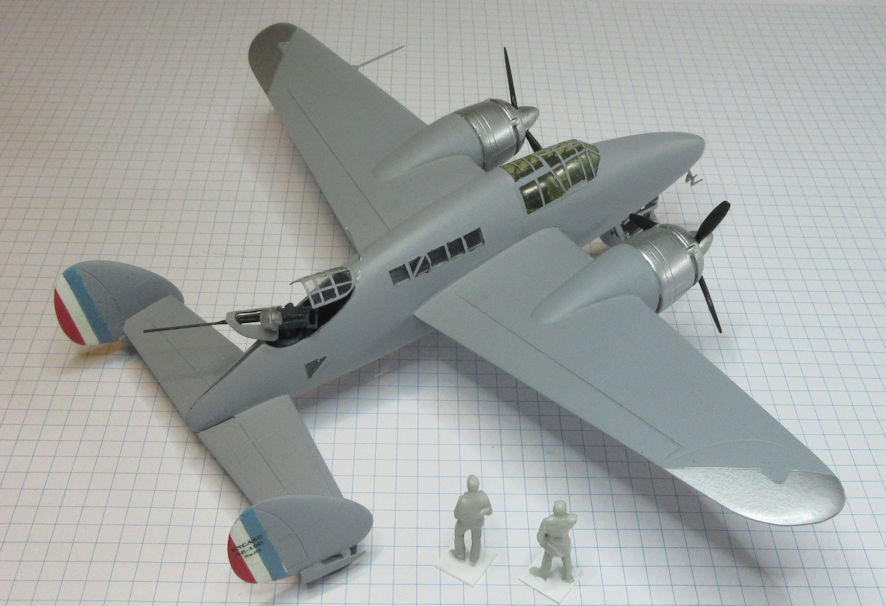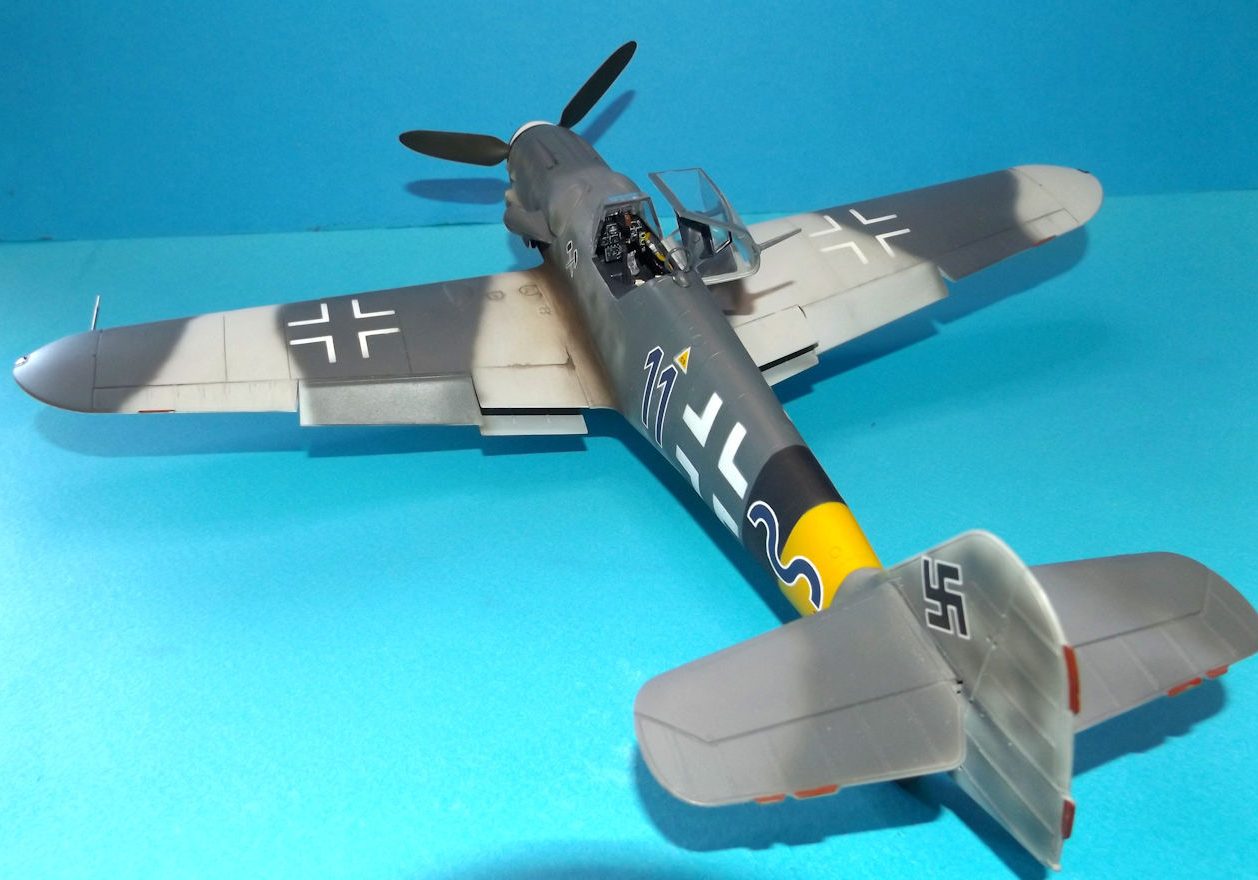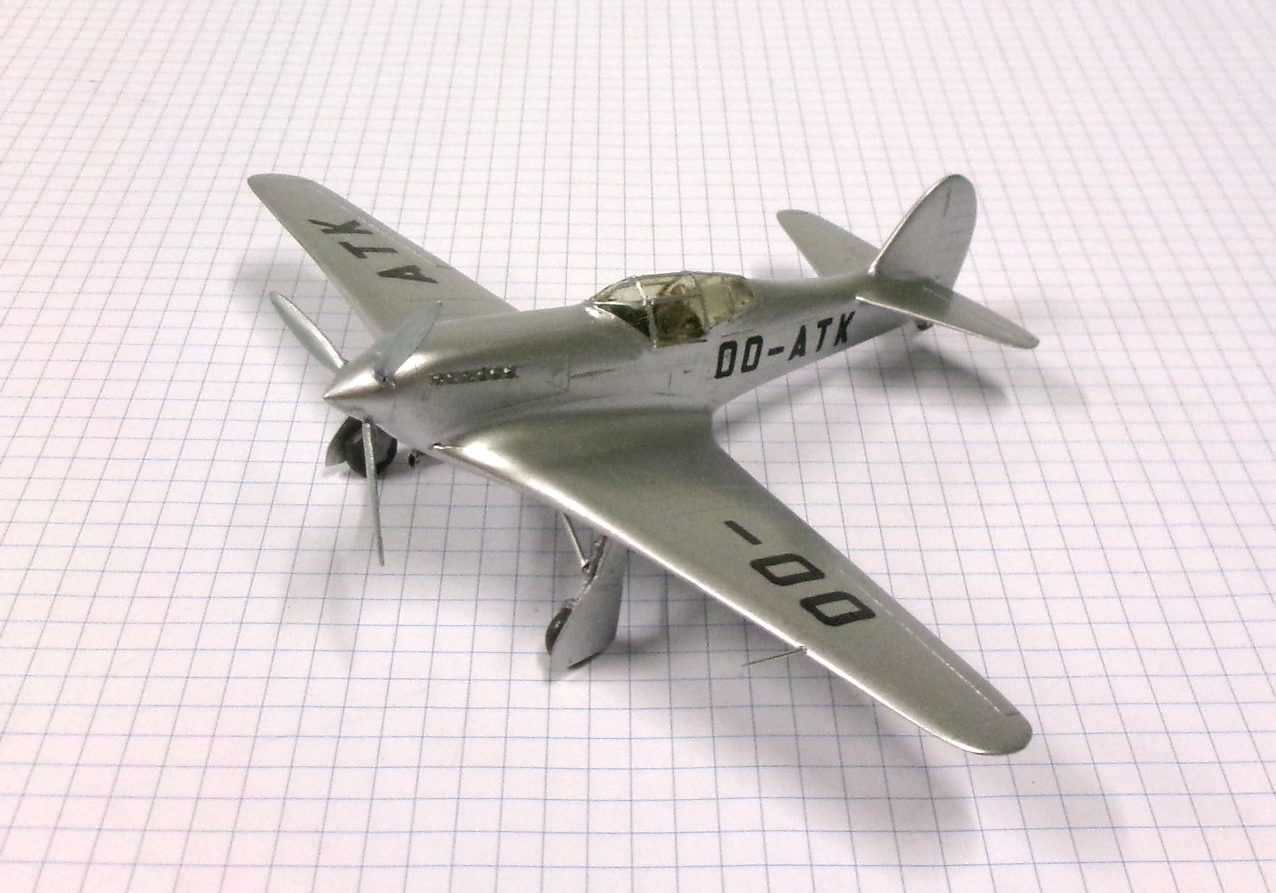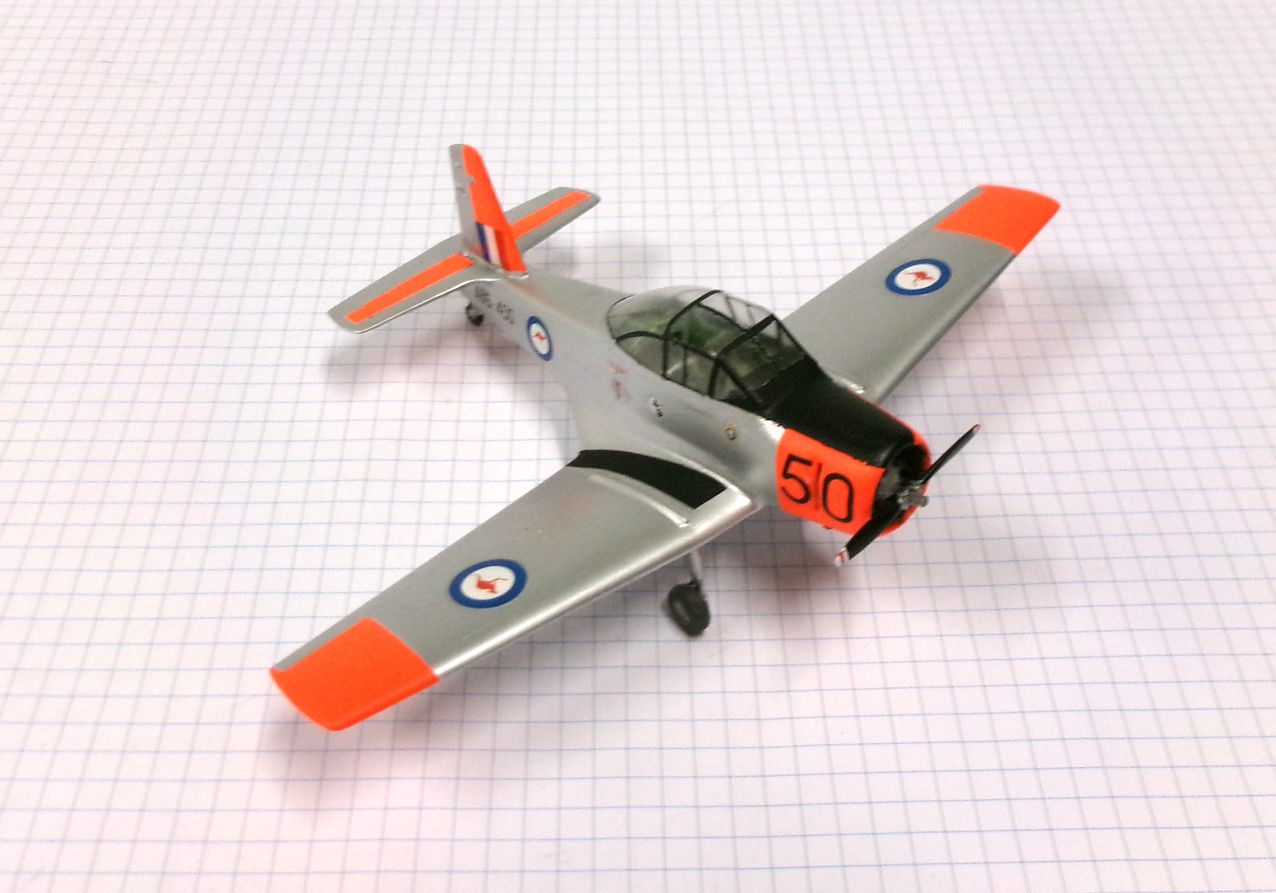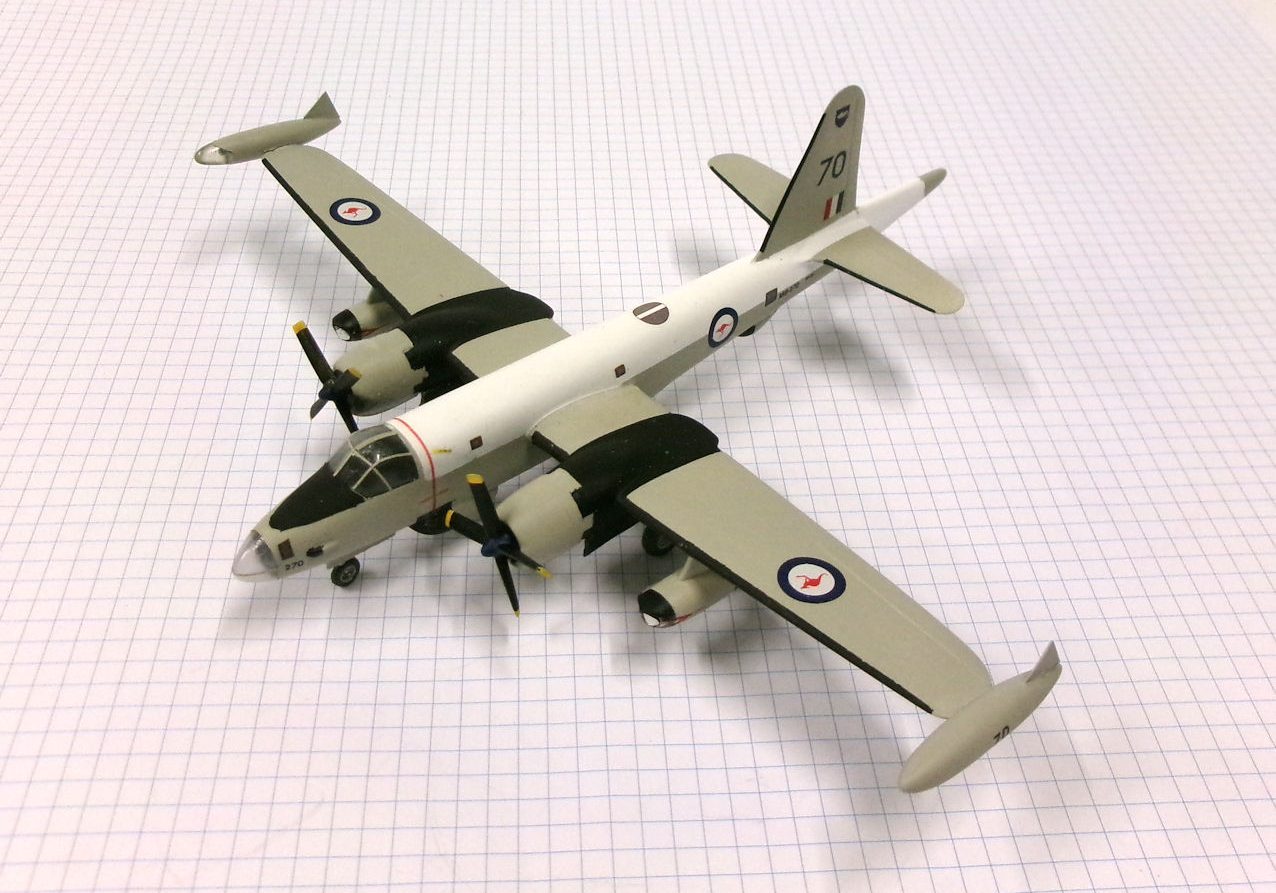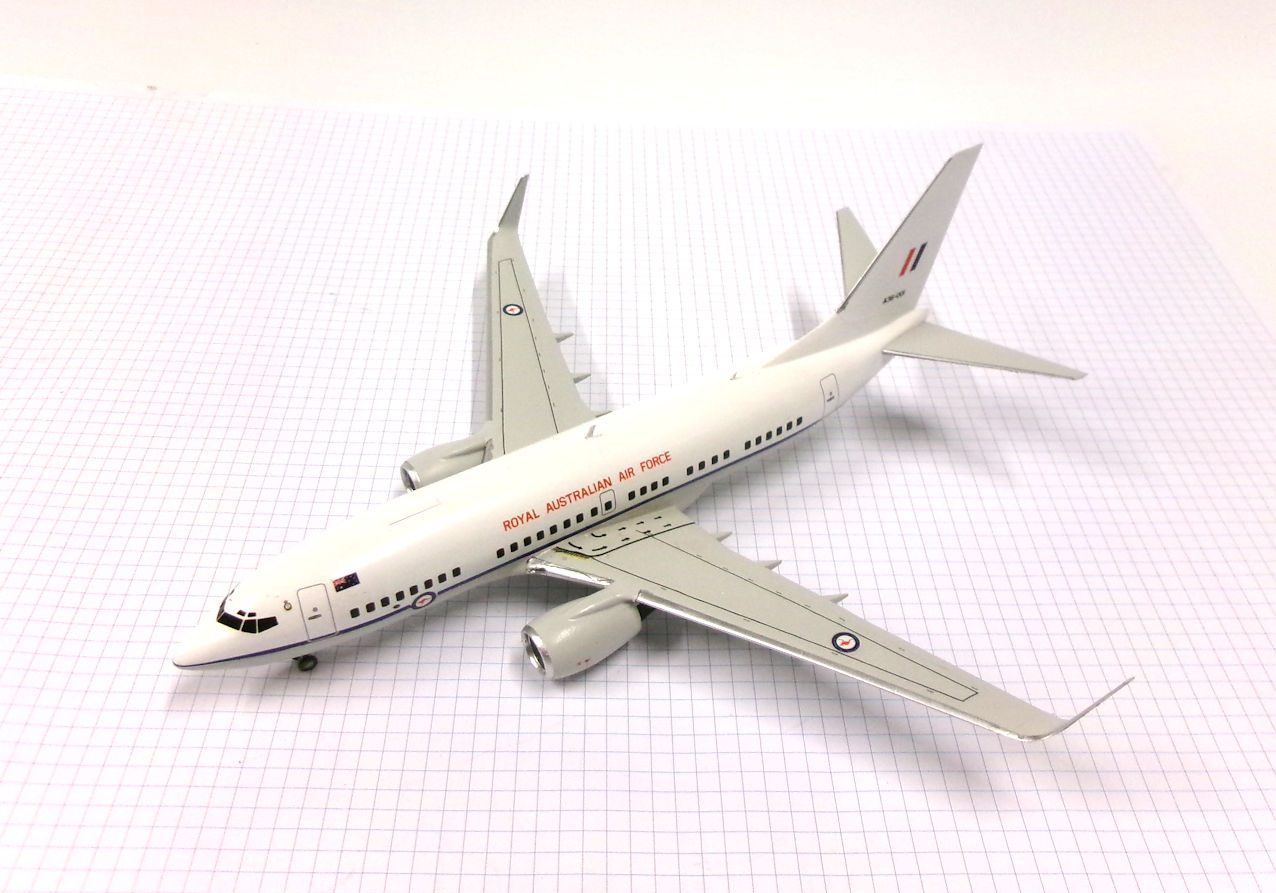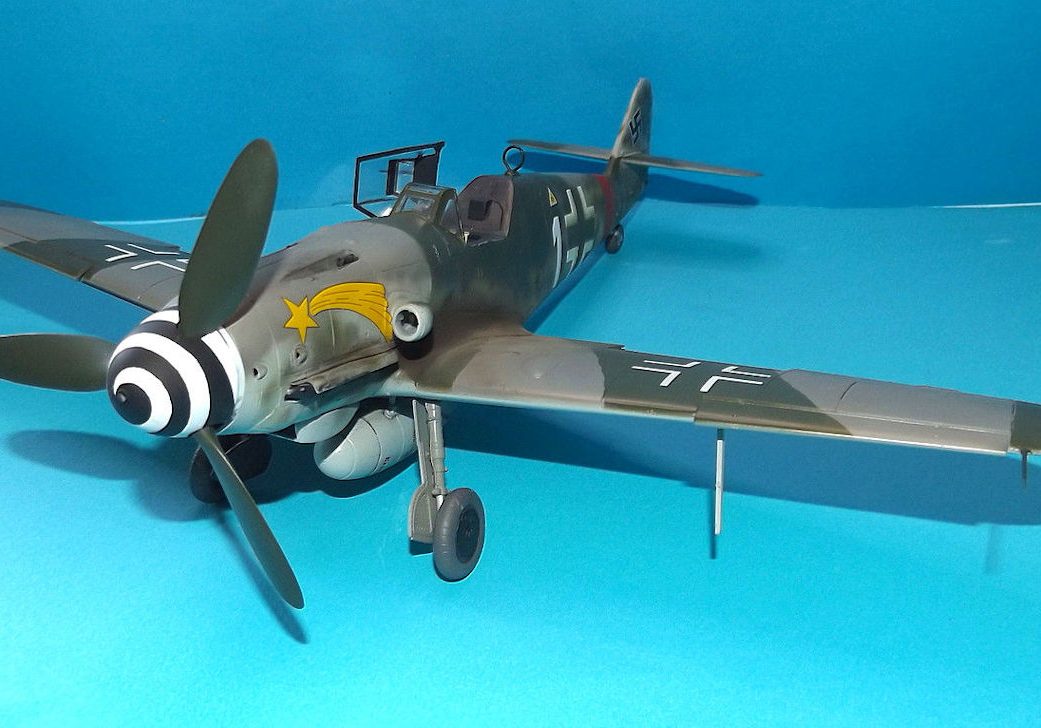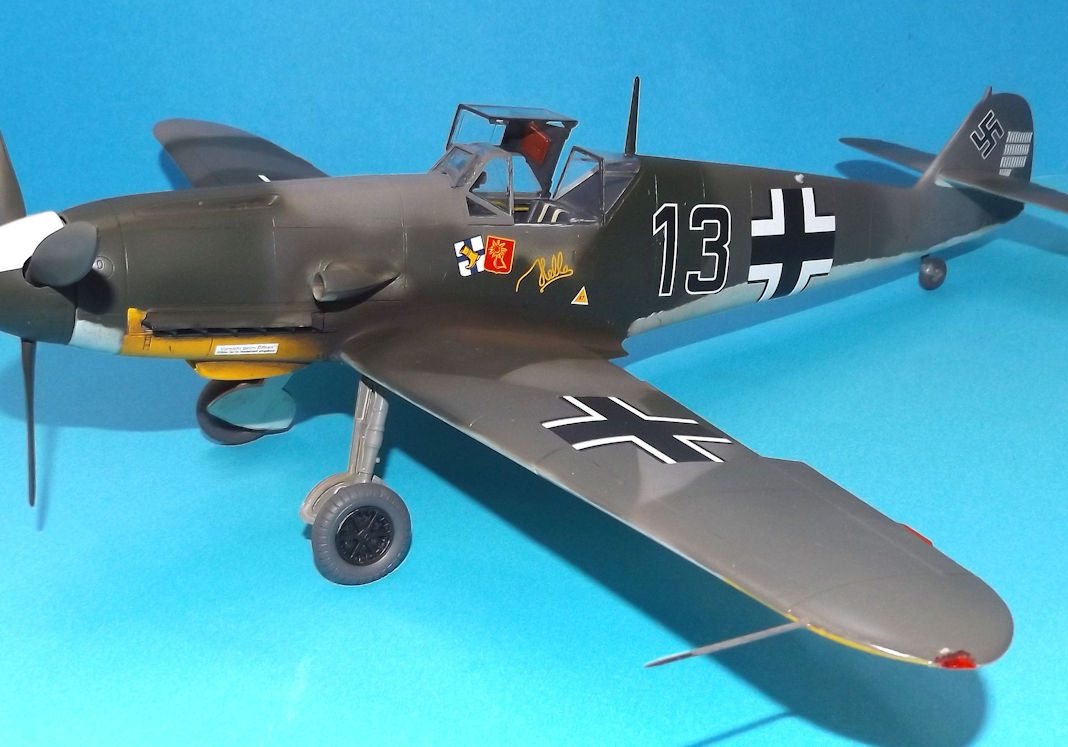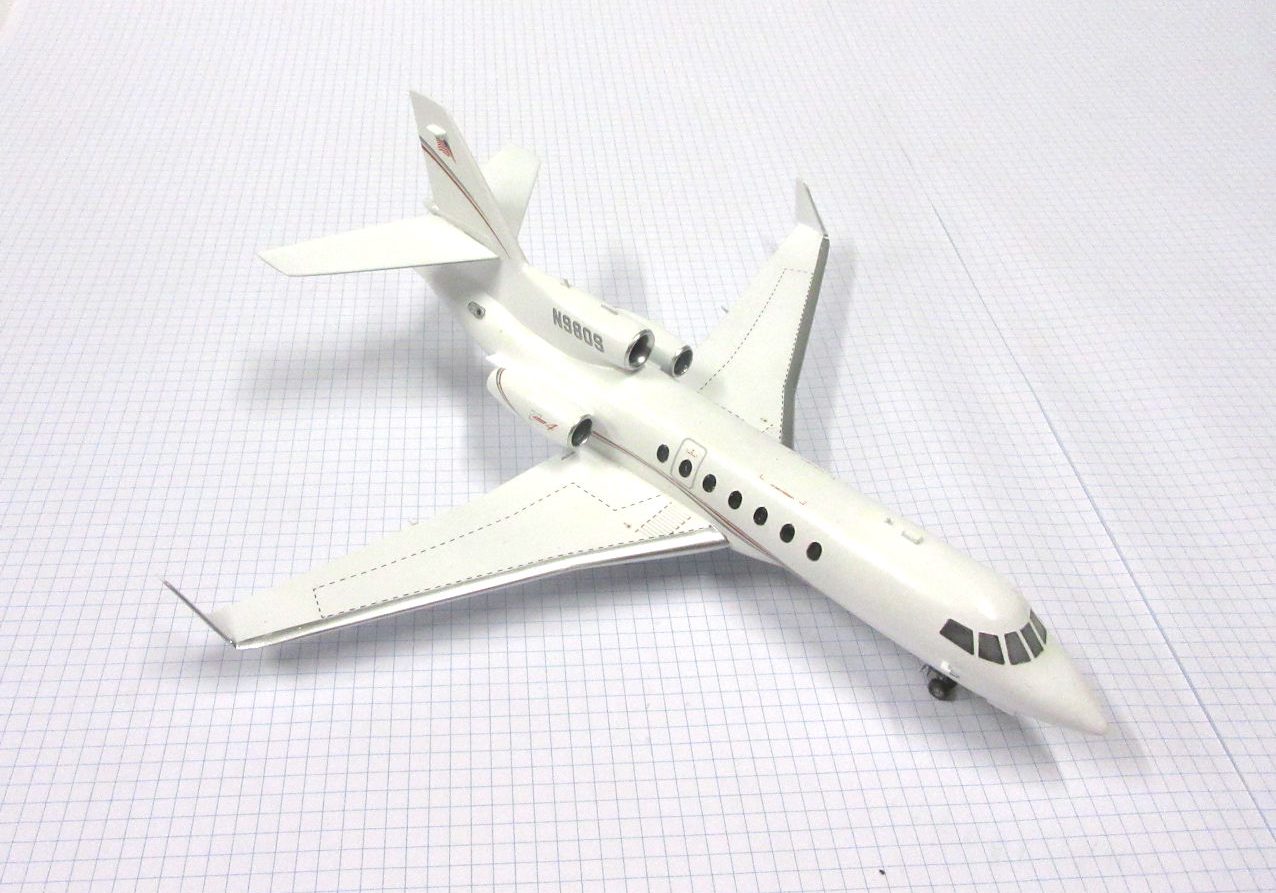History
The SE-100 was developed in the late 1930s specifically to intercept and destroy enemy bombers. Although the prototype performed well this aeroplane was developed too late to take any part in the Second World War.
In the late 1930s many nations developed aeroplanes designed to destroy enemy bombers.
In France the SE-100 was selected to fulfil the role. It had a heavy cannon armament including a rear mounted cannon with an exceptionally wide field of fire.
Construction of the prototype began in April 1938 and the prototype first flew on 29 March 1939.
Although it performed well it was written off after a flying accident on 5 April 1940.
A second prototype was under construction and tooling up for mass production began in June 1940 but France’s defeat by Germany in mid 1940 bought these developments to an end.
This model represents the sole prototype.
Planet 1/72 kit. Completed in April 2006.
